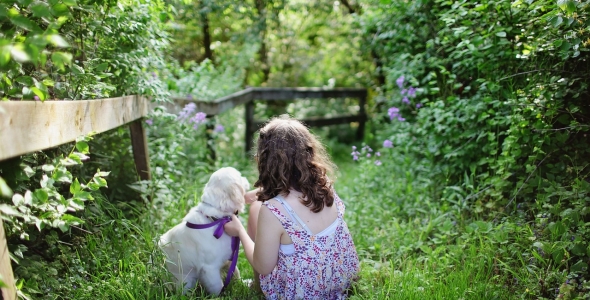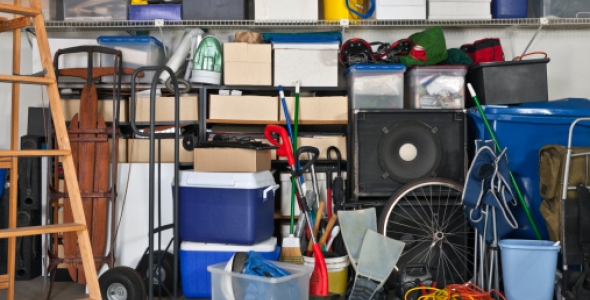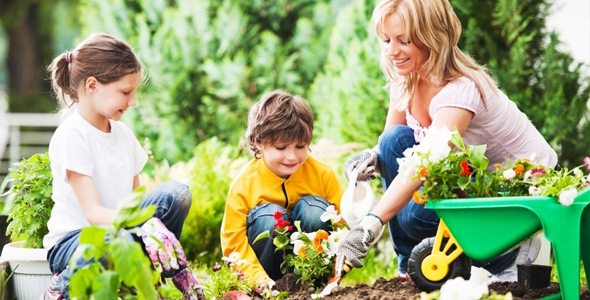Every person has a unique reason for planting and harvesting in their backyards, but as more and more out of season crops are shipped halfway across the world, many people consider gardening essential to eco friendly living. Every vegetable you grow is one that doesn’t need to be transported from a farm to your home—transportation that requires the consumption of fossil fuels. Having a garden doesn’t just relieve that global pressure: it empowers you to be sure you’re feeding your family natural and organic foods. Starting a garden, though, can be daunting, so we’ve outlined six steps to help you begin.
1. Test and treat your soil. After choosing the area in your yard for a garden, test the soil with either a home kit or by sending it to an agricultural extension office. You’ll learn what nutrients it possesses and what it lacks. Almost all home gardens will need regular aeration and the addition of organic matter like grass clippings and composted manure. Always be sure your manure comes from herbivores, preferably livestock from farms that also practice eco friendly living. To provide your garden with nutrients in the future, create a nearby compost bin if you haven’t already.
2. Pick the right crops. Plants are fickle. Even if a vegetable or flower thrives in your state, it might not grow very well in your particular patch of yard. Consult the USDA’s Hardiness Zones and choose plants that need the precise amount of sunlight and shade your garden will provide. If you opt to buy seedlings, make sure they were raised organically, and don’t be afraid to try your luck with seeds.
3. Create rows. By confining your crops to tightly packed rows, you can conserve fertilizer when you treat the ground. Additionally, maintaining paths between plants will give them plenty of air, which is essential for remaining resilient against fungus attacks. Talk to your local nursery to see how far apart you should plant each crop; though they start small, when fully mature their shade can overpower neighboring plants.
4. Water infrequently. In harsher climates, it’s tempting to saturate your garden with water, but this can actually produce weaker plants. Once fully grown, most plants require about an inch of water a week—including from rain. Keeping plants a little thirsty will encourage plants to root deeper. Also, water at the roots and in the morning, to prevent too much evaporation in the day or dampness at night.
5. Protect your crops. Weeds are an inevitable part of any garden, and they can steal nutrients, water, and sunlight from your plants. Organic mulch will lessen their numbers, but you’ll still have to combat a few with manual pulling. Building a raised garden makes this task easier. If your yard typically brims with pests, be sure to grow a variety of crops: biodiversity alone can ward off many predators. Planting flowers will attract beneficial predators like ladybugs, and dozens of homemade, non-toxic remedies can be concocted to keep caterpillars and aphids at bay.
6. Harvest and prepare for next year. After all this work, you may find you need to pick crops from your garden every day. Many gardeners like to cook throughout this season and gather vegetables and herbs right before a mealtime. If certain crops are in overabundance, consider canning or giving them as gifts for friends who might not have time for eco friendly living. At the end of the season, unless your plants are diseased, there’s no reason to pull them out. Dead plants in the winter can provide food and habitat for other wildlife. Once the next planting season comes around, just cut annuals off at the base to keep the soil strong.



























































































































































